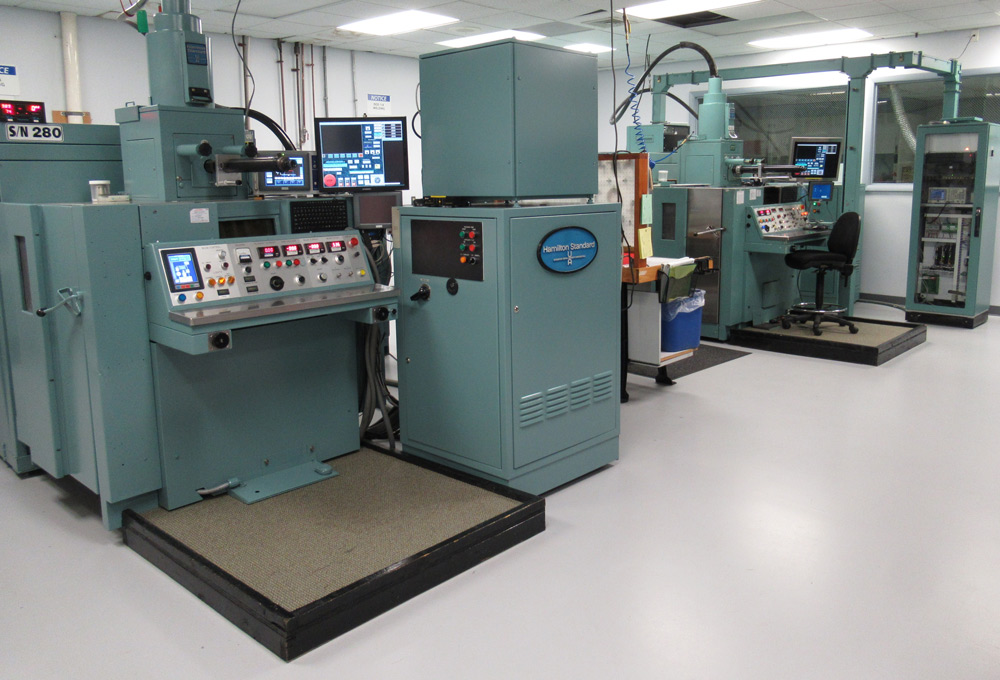Acceleron, Inc.
Certifications
NADCAP
ITAR Certified M19445
When your application requires an ultra-precise, clean, and strong weld, e-beam welding is your ideal choice. it is capable of achieving deep penetrations with minimal heat-affected zones and shrinkage vs other welding technologies, and excels in joining hard-to-weld or dissimilar metals. With hundreds of clients around the globe, we have delivered custom solutions to innumerable projects – all with highly demanding timelines.
We do everything in-house with superior quality control practices for the highest level of speed and accuracy.
Our entire team is dedicated to unmatched quality of service from start to finish.
Our initiatives all work towards increasing efficiency, improving quality and ensuring fast turnaround times for our customers.
We have 2 buildings with over 45,000 sq ft of manufacturing space, and operate two shifts and more than 40 employees.

Electrons are generated in a vacuum enclosure by heating the cathode, a negatively charged emitter, to its thermionic emission temperature causing electrons to “boil off” the cathode. As the temperature is increased, more electrons are emitted from the cathode until a maximum emission level is reached. This cloud of electrons is shaped into a beam by an electrostatic field created by a negatively charged bias cup and a positively charged anode. The combination of all three of these components constitute an electron beam gun.

Since electrons are charged particles, their direction of travel can be controlled by electromagnetic fields. When the accelerated beam of electrons emerge from the aperture in the anode, it begins to diverge because of mutual repulsion. An electromagnetic coil is used to re-focus the beam of electrons, allowing the beam to be focused at any location beyond the plane of the focus coil. Deflection coils can be added to manipulate the beam to move in predetermined patterns. These parameters can be adjusted to optimize process stability and to accommodate joint fit-up, shrinkage, or cosmetic appearance.

The high energy density of the focused beam vaporizes some of the material on which it impinges. A keyhole forms. As the electron beam traverses over the base metal, the material melts at the leading edge of the keyhole, flows around the keyhole, and solidifies at the trailing edge. The formation of the keyhole provides high power density EBW with the unique capability to produce deep, narrow welds and narrow heat-affected zones resulting in minimized distortion of weldments. This type of energy transfer is referred to as keyhole mode welding.
Our premier customer-service campaign delivers shorter lead times than ever before, with same day to 72 hour delivery of your project. Contact us to find out more.